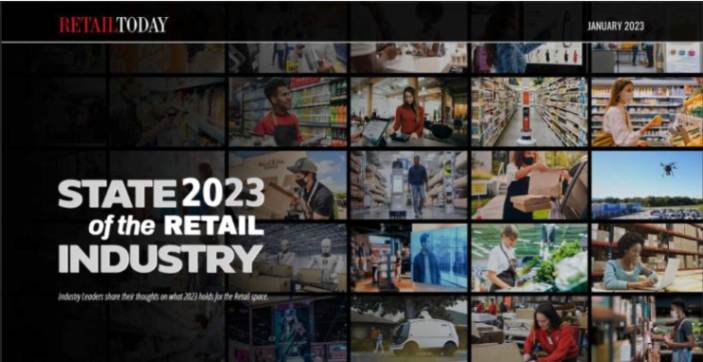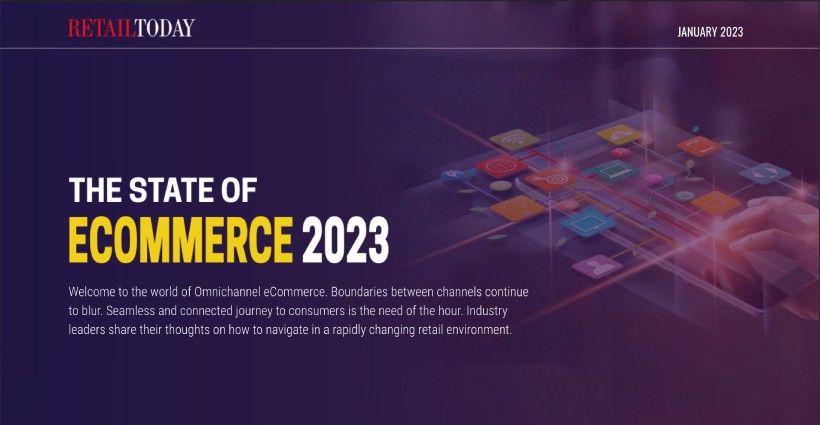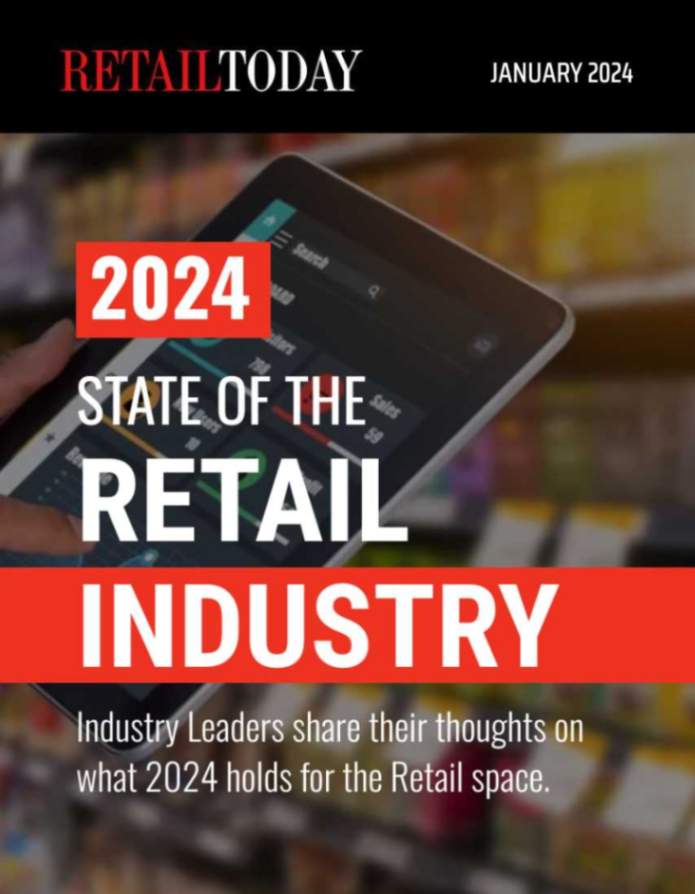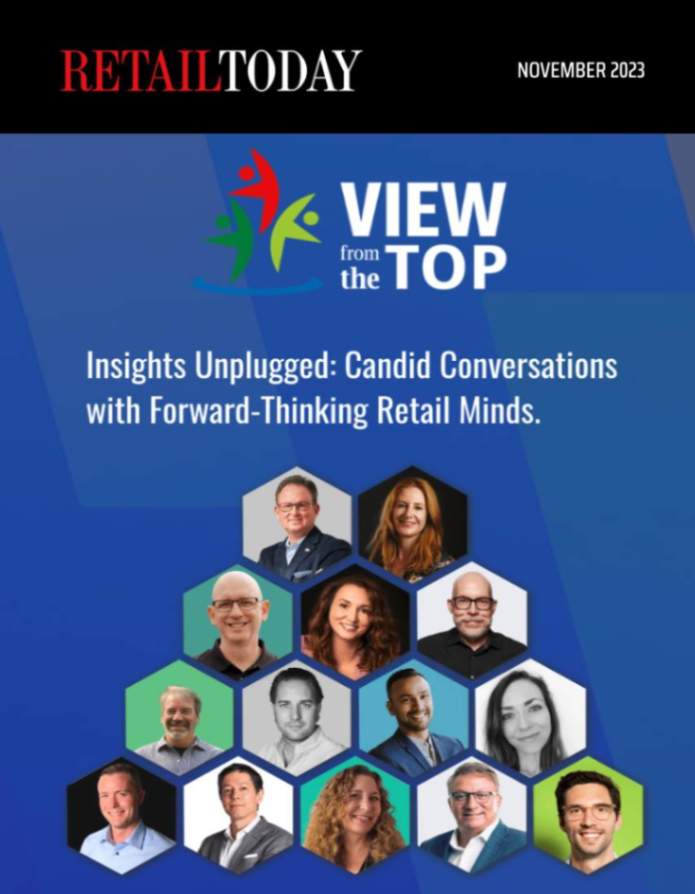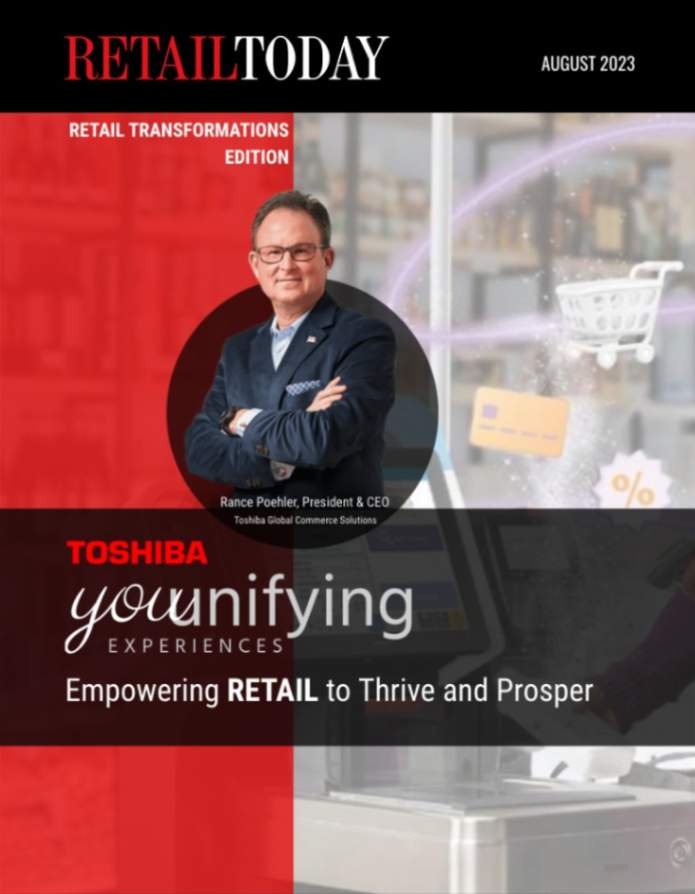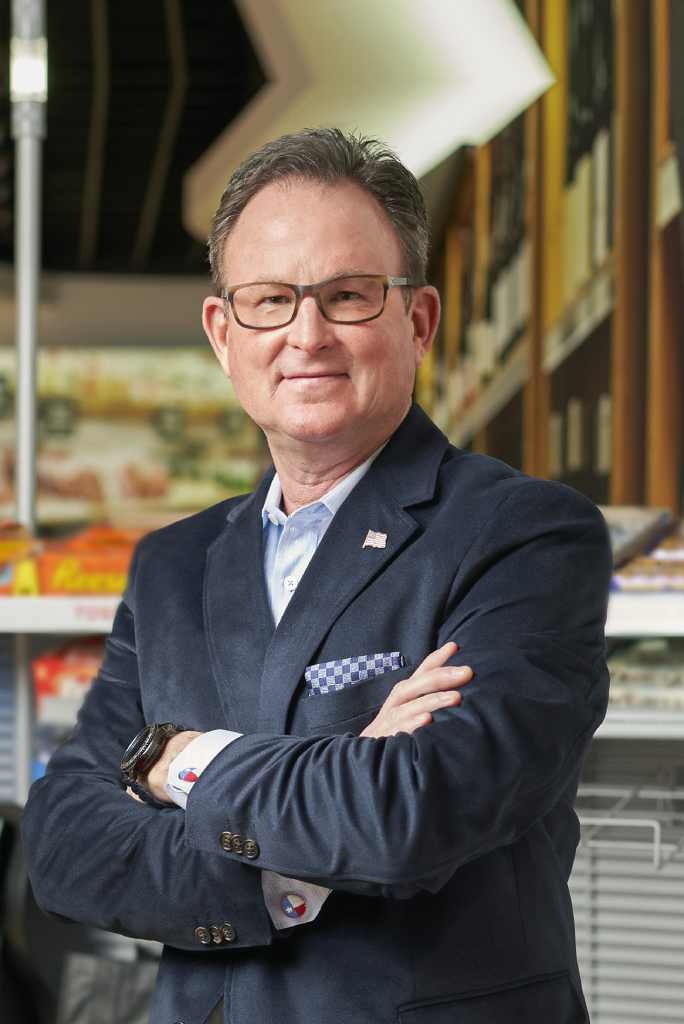
The future of retail is innovation. Through our retailer advisory councils, we hear how important it is for retailers to become increasingly empowered to leverage the latest technologies to meet their specific needs, maximize their business, and connect with consumers to provide personalized shopping experiences. Some overarching industry trends we are monitoring closely as a trusted partner to retailers are how A.I. and frictionless technologies are changing the landscape, the value of modular solutions, and the use of self-checkout to manage labor shortages and front-end operations.
How A.I. and frictionless technologies are changing the landscape
In 2024, retailers will increasingly embrace empowering technologies like A.I. and frictionless technologies to meet business goals and stay competitive. According to a recent Incisiv study, 94% of respondents view A.I. as crucial for innovation, with 98% actively exploring, scaling, or having mature investment plans for A.I. Strategic implementation is critical, as A.I. and frictionless solutions can also leverage algorithms to analyze customer data, offering personalized product recommendations across in-store, online, and mobile platforms, creating a cohesive, tailored customer experience.
The rise of and importance of modular solutions
Retailers cannot accelerate transformation when they are saddled with decades-old technology. Transforming an existing legacy commerce platform takes time. Modular solutions enable retailers to adapt quickly to meet specific needs and to easily assemble or reconfigure to integrate up-and-coming technologies, such as click-and-collect systems or interactive displays, to bridge the gap between online and offline shopping experiences. Everything we do, everywhere we invest for the future, directly applies to solving today’s retail challenges, from computer vision cameras to smart sensing pads, biometrics, and more. All these technologies are being used TODAY in customizable and scalable ways that support quick deployment and easy maintenance, enable adaptation to shopping trends, integrate with other technologies, and are cost-efficient and sustainable.
Self-checkout to manage labor shortages and front-end operations
The future of self-checkout is strong and rooted in driving a positive shopper experience, managing shrink-related issues, and supporting store operations and labor shortages. Millions of transactions are made daily using self-service, and consumer feedback shows they are popular with consumers looking for convenience and speed. Today’s frictionless experiences allow for more personalization and customization in certain retail segments. Connected technologies at self-checkout are increasingly helping retailers promote and manage retail security through computer vision, A.I., and edge-computing, including real-time analytics, RFID, and more. These security solutions enhance proactive loss prevention measures that directly and positively impact retailer profits and improve the shopper experience. Self-checkout also enables retailers to manage continuing labor shortages with the flexibility to reallocate associates to other store areas.
Toshiba Global Commerce Solutions has been a global leader in retail technology for more than 50 years, and we are dedicated to the industry and our investments in innovation. Our close relationships with our retail customers and global innovation partners drive our innovation strategy to enable retailers to evolve with generations of consumers to rapidly adapt to ever-changing conditions and face whatever the future holds. Today’s most powerful solutions for retailers integrate the latest empowering technologies like A.I. across an array of front-end strategies to tackle retail’s most pressing changes in a modular way that provides flexibility, cost-efficiency, and adaptability to changing market dynamics, ultimately contributing to a more responsive and innovative retail environment.
Rance M. Poehler is President and Chief Executive Officer at Toshiba Global Commerce Solutions, leading the company’s continued digital transformation as a trusted retail commerce solutions leader for its large and growing customer and partner community.
His leadership style is grounded in empowering his teams to succeed, encouraging them to approach decisions with passion, intuition and commitment. Throughout his career, he has witnessed the value of empowerment to drive engaged and effective teams in driving successful strategic decisions.
Rance has more than 25 years of experience building and expanding business-to-business organizations while creating substantial shareholder value. He has focused on unique vertical markets, including retail where he has extensive experience developing end-to-end solutions for general retail, quick-service restaurant, hospitality, and other segments.
Before joining Toshiba in 2020, he served as President of Panasonic Systems Communications Company of North America. He led a $1.1 billion division morphing it from a product-centric organization to an end-to-end provider of innovative retail solutions in mobility, point-of-sale, digital signage, computer vision, and analytics. His efforts at Panasonic helped Fortune 1000 companies understand shopper demographics and behavior, improve associate engagement and create better customer experiences. At Dell Technologies, he served as vice president of worldwide sales for its cloud client computing team that represents a full suite of cloud and desktop virtualization solutions for retail that enabled scalable thin client solutions. Rance’s experience also includes Pivot3 where he served as Chief Revenue Officer responsible for leading the global sales organization and executing the company’s growth strategy and talent acquisition as they developed and went to market with a hyper-converged software platform that manages mixed workloads including IoT-surveillance, analytics, and hybrid cloud solutions.

